The Angel and the Perverts
Set in the lesbian and gay circles of Paris in the 1920s, The Angel and the Perverts tells the story of a hermaphrodite born to upper class parents in Normandy and ignorant of his/her physical difference. As an adult, s/he lives a double life as Marion/Mario, passing undetected as a lesbian in the literary salons of the times, and as a gay man in the cocaine dens made famous by Colette. Delarue-Mardrus's novel belongs to a category of literature, written between the turn of the century and approximately 1930, which depicted lesbians as members of a third sex. The hermaphrodite became the visual representation of the ways in which lesbians were different from their heterosexual sisters, and Rene Vivien, Natalie Clifford Barney, Rachilde, and Colette, among others, shared Delarue-Mardrus's fascination with the topic.This is the first translation into English of The Angel and the Perverts. In an astute introduction, Anna Livia rereads Lucie Delarue-Mardrus as a prolific and significant writer, despite the fact that previous scholars viewed her primarily as the wife of the scholar and translator Joseph-Charles Mardrus. Livia also places Delarue-Mardrus's life in a lesbian context for the first time and decodes this delightful novel so that readers will feel quite at home in Mario/Marion's unusual world, which runs the gamut from Auguste Rodin to Jean Cocteau and Sarah Bernhardt.
{{comment.content}}
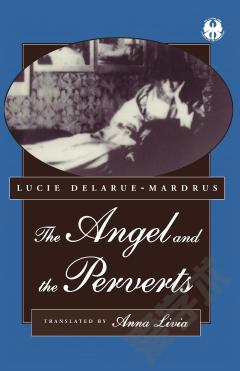
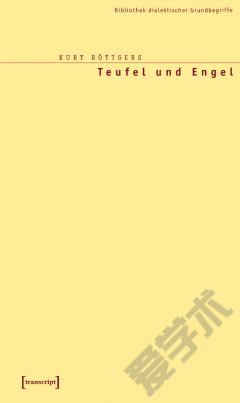

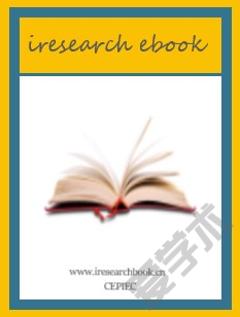
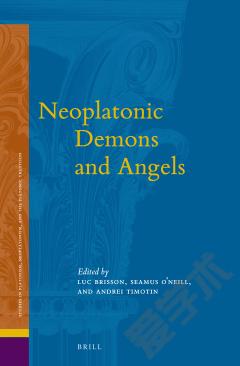

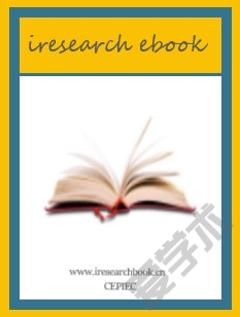

 京公网安备 11010802027623号
京公网安备 11010802027623号